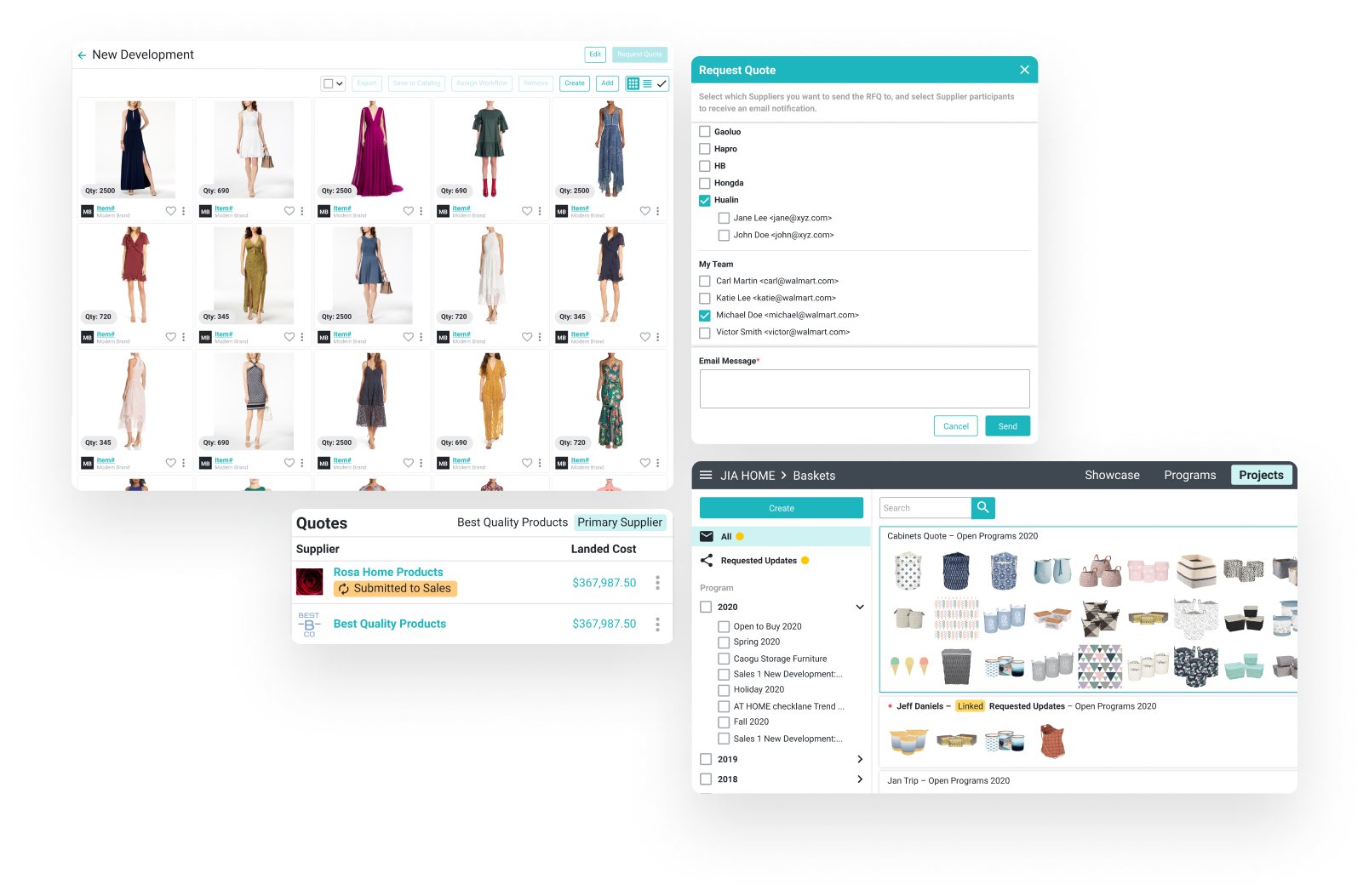Compare / Surefront vs Backbone
Surefront vs. Backbone PLM
PLM software makes it easier to communicate with your product development team. But how do you decide which software is best for your business?
Below, you can compare Surefront with Backbone. You’ll see how these two platforms stack up when it comes to product development, project management, and more.
The Benefits of Backbone
Backbone is relatively new company that offers a lightweight, easy to use, and very well designed piece of PLM software. Their user experience is excellent and their platform is modern and intuitive.
Backbone stands out and works best for SMB organizations focused on the initial design phase of the product development cycle. Thanks to a really nice feature that allows you to look at individual products and plot product-associated dates on a calendar, it facilitates product design and project management within internal teams. It also allows for internal collaboration so teams can easily get to a tech pack that they are highly confident in.
Unfortunately, the tool breaks down when you get to the external collaboration piece of the development lifecycle. More on that in the next section.
Overall, for internal design collaboration Backbone is a great tool. Their PDF exports are high quality, as they are critical in order to get information out of Backbone and into the hands of external collaborators. They offer integrations with Adobe design tools, and are easy to adopt and get up and running.
Their price point is at the lower end of the spectrum at $200 per user per month.
The Shortcomings of Backbone
Backbone is a great lightweight tool for companies that conduct the vast majority of their design and product development work internally, and who do not deal much, if at all, with supplier partners. It is a proficient internal collaboration tool and allows you to work back and forth with team members on specific products, and their associated visuals, within the platform via sticky notes.
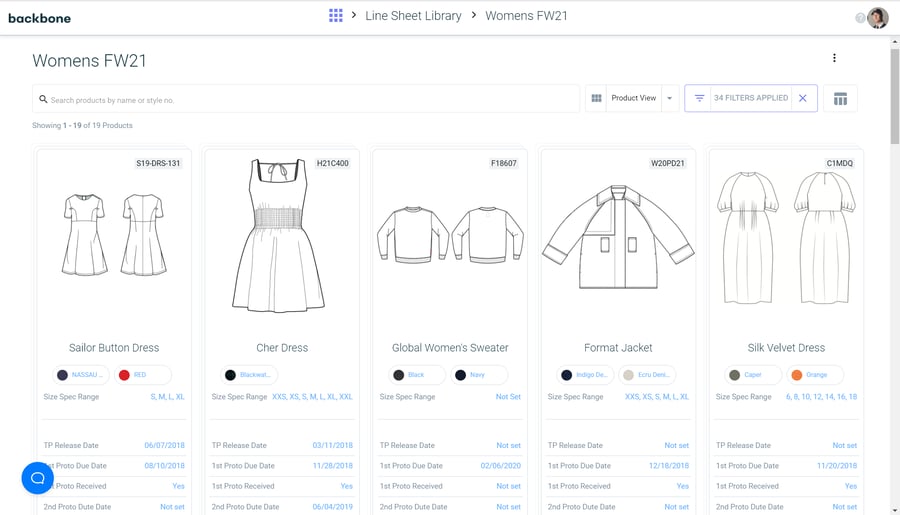
Working with an external team member or supplier partner? Well then, you'll find yourself needing to pull all of those notes, markups, visuals, etc. into a PDF to send via email. You'll have to do all your collaboration via email, PDF and Excel, cross-referencing documents and risking miscommunication and human error. And you'll have to spend a decent amount of administrative hours getting information back into Backbone, as their bulk import function leaves much to be desired and a good portion of the information and changes need to be entered manually.
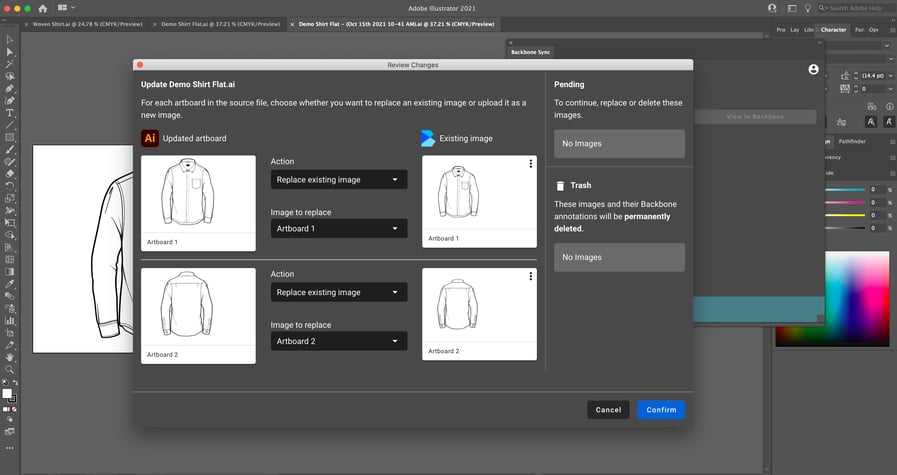
In short, the tool is not something that's going to support highly complex business processes and, because it is a lightweight tool, it is not highly configurable.
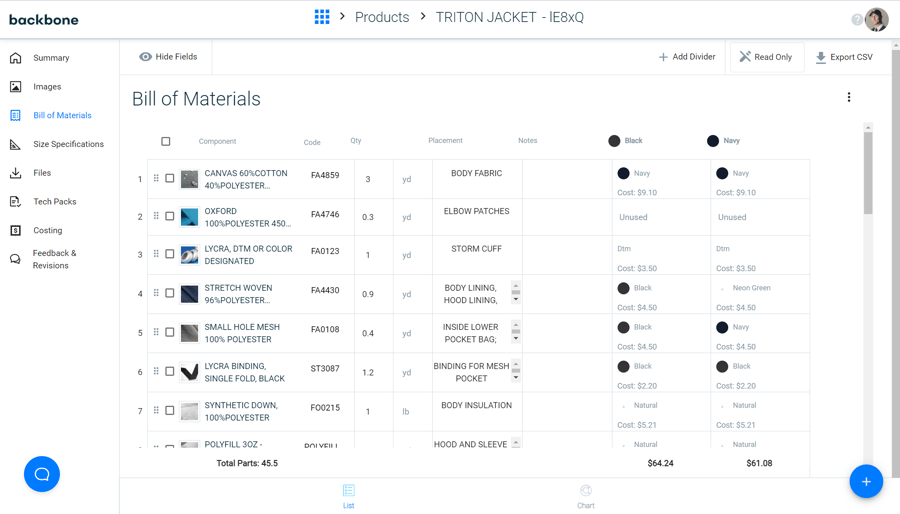
When To Choose Backbone
Backbone was built for apparel businesses, but can be used by any SMB brands doing the majority of their product development work in-house with limited interactions with external collaborators.
The tool was not built for and cannot be used for the merchandising portion of the product lifecycle. It is purely meant for brand product development.
If you fit that mold, and are looking to enhance your internal product development collaboration and spend less, Backbone could be the right fit for you.
When To Go With Surefront
Once your company reaches annual revenue of $75 million, Backbone will not have the ability to fully support your entire team (outside of your internal design team) throughout the product development lifecycle - at least not without a supplemental and more robust and comprehensive solution like Surefront.
Surefront is a shared workspace that gives your internal and external teams (supplier partners, vendors and factories) a place to fully collaborate all the way from new product ideation through production so that you don't have to spend all of your time migrating data into and out of a PLM system. This is important if you want to run an efficient, fully collaborative process without the risk of human error. It's also key to eliminating the lion's share of administrative tasks and savings tons of time for your team members. As a bonus, less busy work usually equates to happier team members, which translates into improved employee retention.
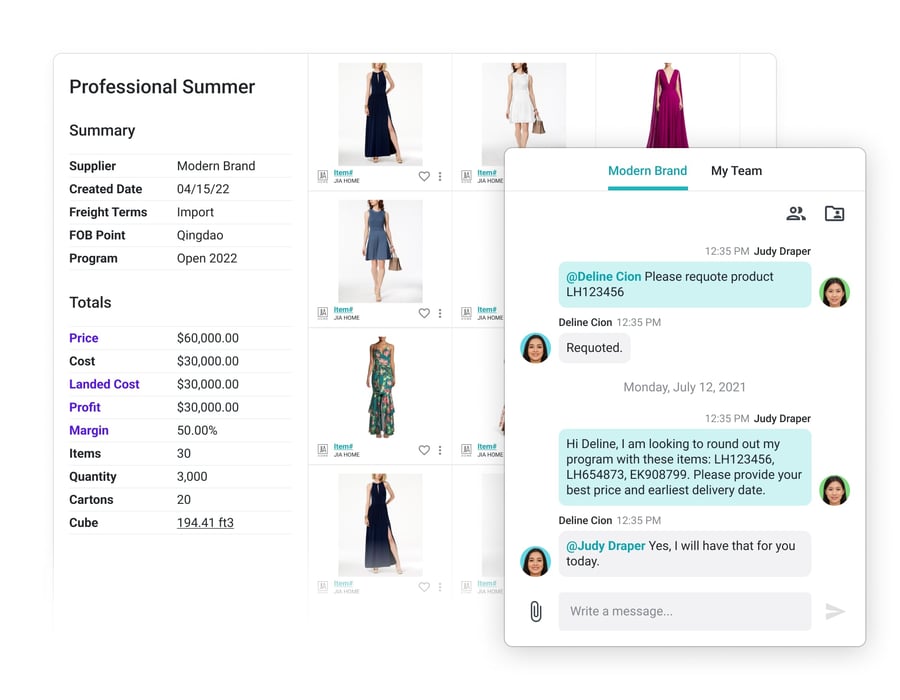
Beyond that, Surefront has a best in class product information management module that helps teams outside of product development and merchandising find and utilize the information that those two teams are creating and bringing to market in order to facilitate eCommerce sales, marketing, customer support and more.
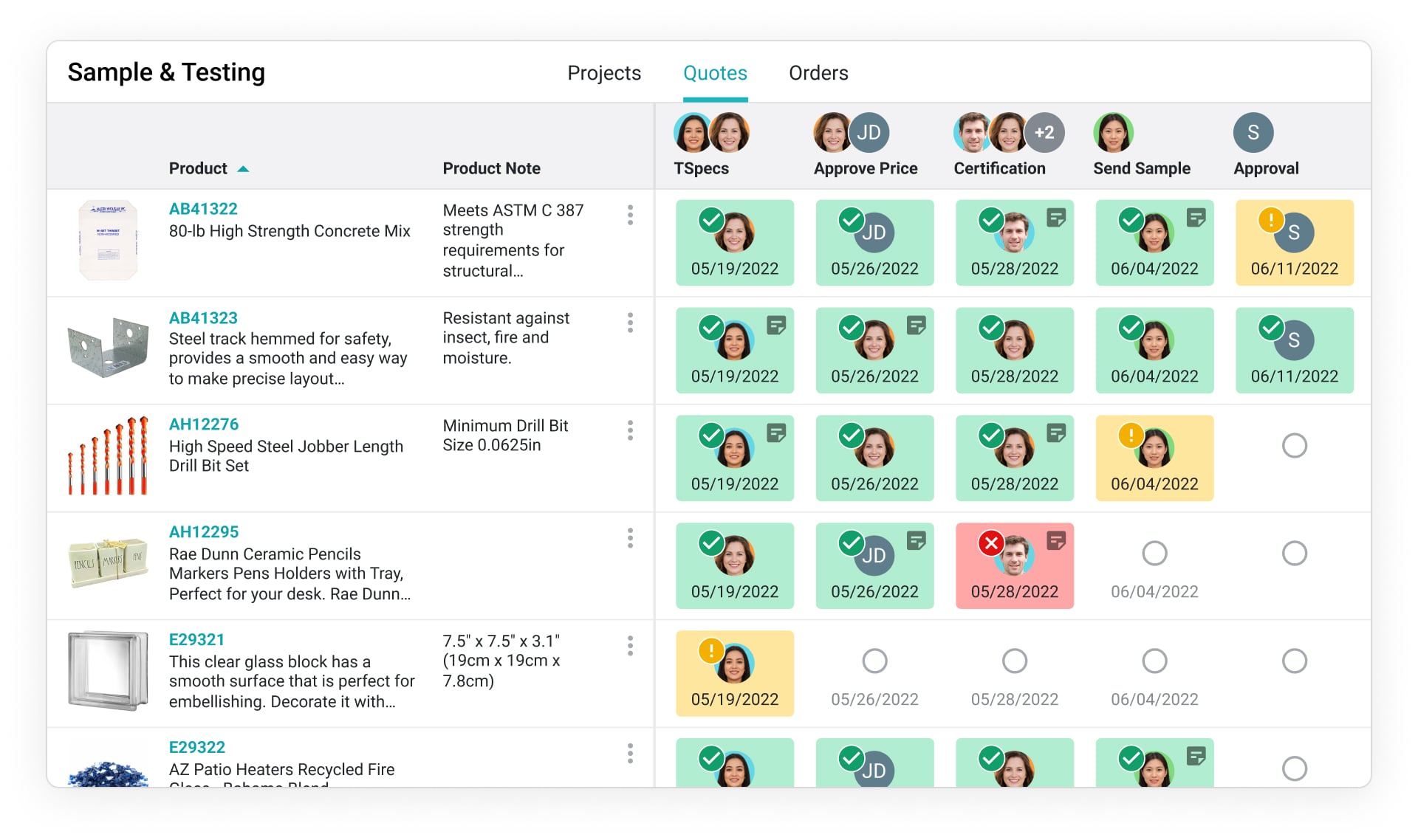
Feature Comparison: Surefront vs. Backbone PLM
Surefront offers several features Backbone doesn’t, including custom workflows, contextual external communication, visual search and sorting abilities. Here’s a complete list:
|
|
|
Product Database |
||
Custom Exports |
||
No-Code Product Data Model |
||
Custom Project Management Workflow |
||
Contextual Communication |
||
Vendor Collaborative Workspaces |
||
Free Vendor Access & Onboarding |
||
Consumer-Grade User Interface |
||
Integrations |
||
Visual Assortments |
||
< 3 Month Adoption Time |
||
U.S. Based |
